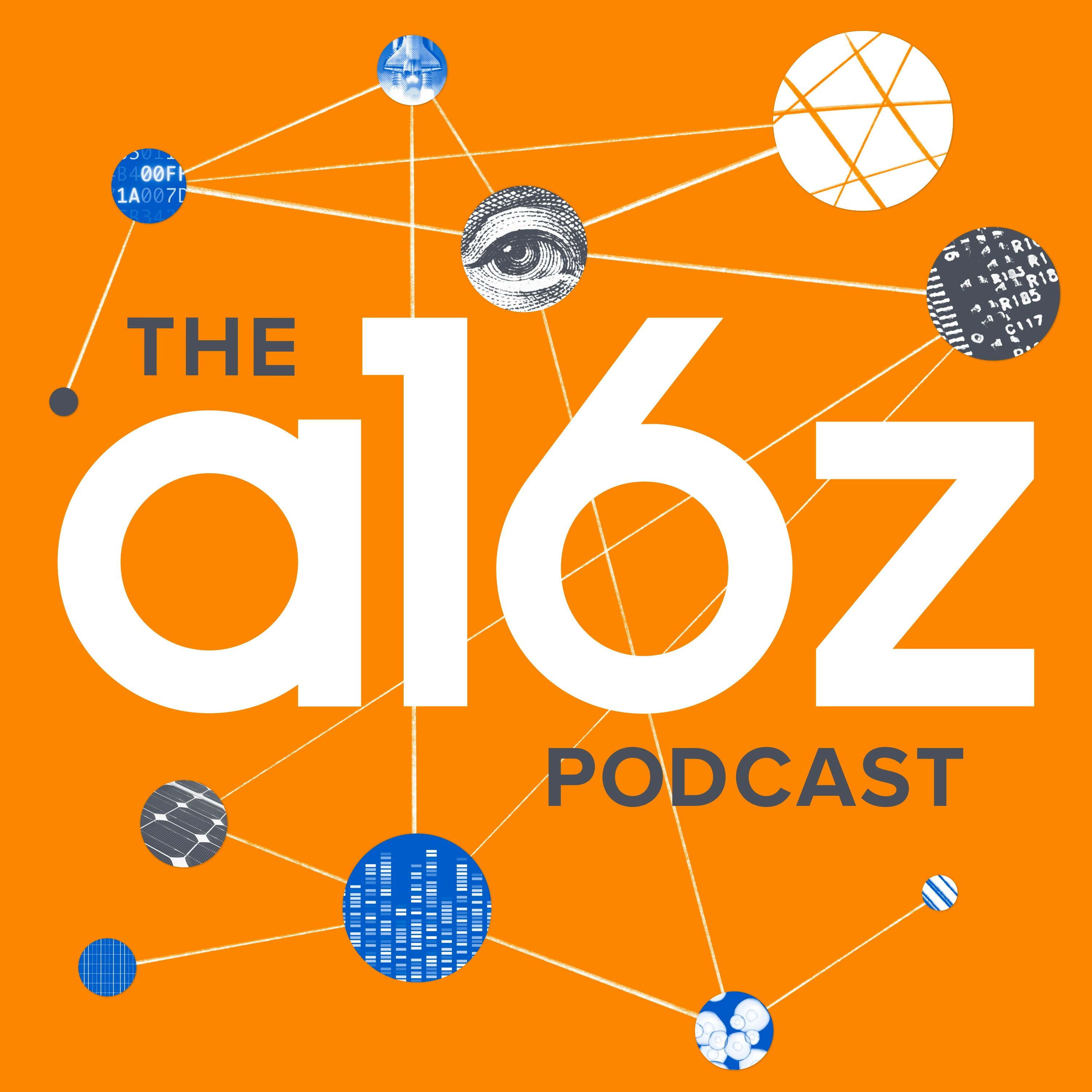
Deep Dive
- Nvidia's strong hold on training workloads may be temporary due to supply chain issues.
- Inference workloads are becoming more important and offer a more level playing field for innovation.
- Wearable devices could become a natural part of everyday interactions with AI.
Shownotes Transcript
Make sure to check out) our new AI + a16z feed: https://link.chtbl.com/aiplusa16z
a16z General Partner Anjney Midha joins the podcast to discuss what's happening with hardware for artificial intelligence. Nvidia might have cornered the market on training workloads for now, but he believes there's a big opportunity at the inference layer — especially for wearable or similar devices that can become a natural part of our everyday interactions.
Here's one small passage that speaks to his larger thesis on where we're heading:
"I think why we're seeing so many developers flock to Ollama is because there is a lot of demand from consumers to interact with language models in private ways. And that means that they're going to have to figure out how to get the models to run locally without ever leaving without ever the user's context, and data leaving the user's device. And that's going to result, I think, in a renaissance of new kinds of chips that are capable of handling massive workloads of inference on device.
"We are yet to see those unlocked, but the good news is that open source models are phenomenal at unlocking efficiency. The open source language model ecosystem is just so ravenous."
More from Anjney:
The Quest for AGI: Q*, Self-Play, and Synthetic Data)
Making the Most of Open Source AI)
Safety in Numbers: Keeping AI Open)
Follow everyone on X:
Check out everything a16z is doing with artificial intelligence here), including articles, projects, and more podcasts.
Stay Updated:
Find a16z on Twitter: https://twitter.com/a16z)
Find a16z on LinkedIn: https://www.linkedin.com/company/a16z)
Subscribe on your favorite podcast app: https://a16z.simplecast.com/)
Follow our host: https://twitter.com/stephsmithio)
Please note that the content here is for informational purposes only; should NOT be taken as legal, business, tax, or investment advice or be used to evaluate any investment or security; and is not directed at any investors or potential investors in any a16z fund. a16z and its affiliates may maintain investments in the companies discussed. For more details please see a16z.com/disclosures.